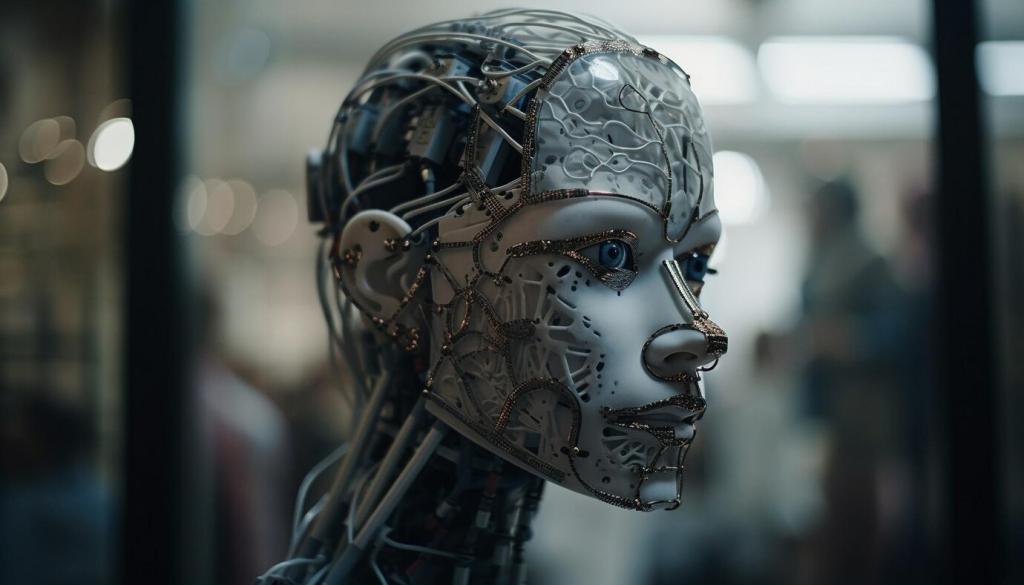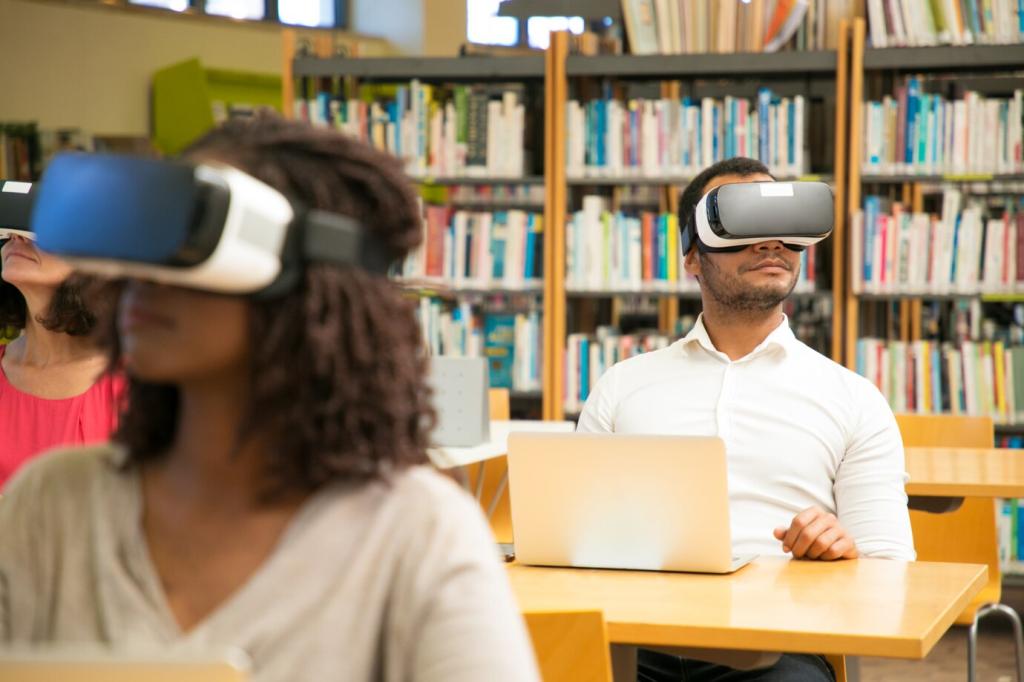
The Role of Machine Learning in Personalized Education
Machine learning is transforming the educational landscape by enabling learning experiences tailored to each individual’s strengths, weaknesses, and interests. Through sophisticated algorithms and data analysis, educational platforms and tools are now capable of dynamically adapting content, identifying learning gaps, and recommending resources that best suit each learner. This innovation not only enhances engagement but also has the potential to improve learning outcomes, boost motivation, and make education more inclusive. Exploring its evolving role provides insight into how educators, learners, and technologists can collaborate for a smarter, student-centric future.
Adaptive Learning Technologies
01
Real-Time Assessment and Feedback
Real-time assessment and feedback rely on machine learning to analyze student responses and progress instantly. This rapid analysis allows for immediate identification of learning gaps, misunderstanding, or excellence in particular topics. Instead of waiting for periodic tests or manual grading, learners receive targeted suggestions, hints, or resources in the moment that they need them most. As a result, students get a continuous loop of feedback, fostering more active engagement and motivation, while educators can also monitor progress efficiently and intervene where necessary to support success.
02
Personalized Pathways
Machine learning-powered personalized pathways guide students along unique educational journeys based on their past performance and learning preferences. These intelligent systems synthesize various data points—such as quiz scores, time spent on activities, or even preferred materials—to determine what content should be presented next. This creates a custom progression for each learner, allowing advanced students to move ahead and others to revisit foundational concepts until mastery is achieved. Such individualized learning trajectories help minimize frustration and boredom, encouraging optimal challenge at every stage.
03
Dynamic Content Delivery
Dynamic content delivery leverages machine learning to continuously update and refine educational materials. Algorithms analyze which resources or activities are most effective for each student, modifying lesson plans accordingly. For example, a visual learner might receive more diagrams and videos, while another student might be presented with interactive simulations or reading-based resources. This ensures that students are not only exposed to the right information but also in the format that resonates best with their learning style, leading to greater retention and understanding.

Predictive analytics in education utilize machine learning algorithms to forecast student performance and pinpoint potential stumbling blocks long before they result in failure. By examining patterns in attendance, assignment completion, engagement, and assessment results, these tools can warn educators about students who may require additional support. Early identification enables timely interventions, helping educators provide targeted guidance or adjust teaching strategies proactively to keep every learner on track for success.

Machine learning provides teachers with recommendations to customize their instructional strategies based on individual and group learning profiles. By interpreting data on student preferences, learning speeds, and achievement gaps, algorithms suggest differentiated tasks, resources, or teaching methods most likely to benefit each learner or group. This data-guided flexibility allows educators to better accommodate varying ability levels, encourage cooperative learning where it is effective, and deploy remedial resources where they will have the most impact, thus enhancing overall classroom performance.

In addition to instructional insights, machine learning automates a range of administrative tasks, freeing educators to focus more on teaching and less on paperwork. Tasks such as grading assignments, monitoring attendance, and even handling routine student inquiries are increasingly managed by intelligent systems. This not only reduces teacher workload but also increases the speed and accuracy of administrative processes, ensuring more up-to-date records and more timely feedback for students. Ultimately, this contributes to a more responsive and student-focused educational environment.
Enhancing Student Engagement
Machine learning is integral to the development of dynamic gamification and interactive elements within educational platforms. These systems analyze student responses, participation rates, and emotional reactions to adjust game mechanics or interactive challenges in real time. This means that the difficulty of tasks, the types of rewards, or the subjects in focus can evolve with each student’s performance and preferences, creating a more personalized and enjoyable learning experience. As a result, learners are not only more engaged but are also encouraged to reach higher levels of mastery through ongoing motivation and positive reinforcement.

